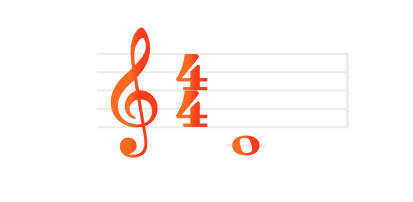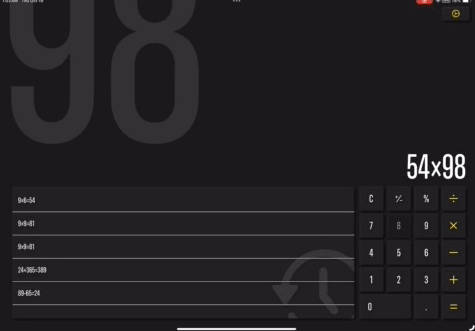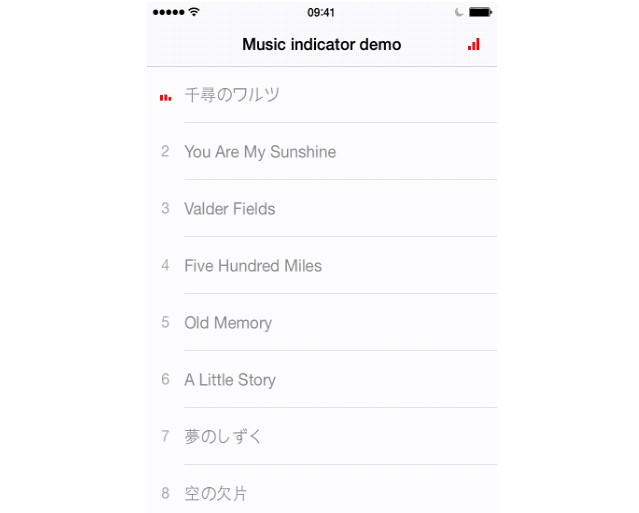Swift Musical eXtensible Language
This package is a fork of the original dn-m/MusicXML.
A Work-In-Progress implementation of the musicXML specification in Swift.
The goal of this project is to allow Swift users to read, manipulate, and write musicXML files in a richly-typed manner on any platform supported by Swift.
Hello, world!
Let’s construct the “Hello, world!” score example from the musicXML documentation. This musical composition consists of one measure that contains a whole note on middle C, based in 4/4 time.
Graphical Representation
When rendered graphically, this score example should look something like this:
XML Representation
The musicXML representation looks like this:
<?xml version="1.0" encoding="UTF-8" standalone="no"?>
<!DOCTYPE score-partwise PUBLIC
"-//Recordare//DTD MusicXML 4.0 Partwise//EN"
"http://www.musicxml.org/dtds/partwise.dtd">
<score-partwise version="4.0">
<part-list>
<score-part id="P1">
<part-name>Music</part-name>
</score-part>
</part-list>
<part id="P1">
<measure number="1">
<attributes>
<divisions>1</divisions>
<key>
<fifths>0</fifths>
</key>
<time>
<beats>4</beats>
<beat-type>4</beat-type>
</time>
<clef>
<sign>G</sign>
<line>2</line>
</clef>
</attributes>
<note>
<pitch>
<step>C</step>
<octave>4</octave>
</pitch>
<duration>4</duration>
<type>whole</type>
</note>
</measure>
</part>
</score-partwise>
MusicXML Representation
To construct the “Hello, world!” example in Swift looks like this:
let note = Note(
pitch: Pitch(step: .c, octave: 4),
duration: 4,
type: .whole
)
let key = Key(fifths: 0)
let time = Time(4,4)
let clef = Clef(sign: .g, line: 2)
let attributes = Attributes(
divisions: 1,
keys: [key],
times: [Time(
[
Time.Signature(
beats: ["4"],
beatType: ["4"]
)]
)],
clefs: [clef]
)
let measure = Partwise.Measure(
number: "1",
musicData: [
.attributes(attributes),
.note(note)
]
)
let part = Partwise.Part(id: "P1", measures: [measure])
let header = Header(
partList: [
.part(ScorePart(id: "P1", name: "Music"))
]
)
let traversal = Partwise(header: header, parts: [part])
let score = Score.partwise(traversal)
? Decoding musicXML into a Score
You can decode a Score in a variety of ways:
let fromData = try Score(data: data)
let fromString = try Score(string: string)
let fromURL = try Score(url: url)
? Work-in-progress: Encoding a Score into musicXML
Pre-release version 0.3.0 will see the completion of the encoding from a Score into the musicXML format.
Getting Started
Requirements
Use the Swift Package Manager to include the SwiftMXL module into your project.
Development
To contribute to the SwiftMXL package, clone the git repository:
git clone [email protected]:Treata11/SwiftMXL.git && cd SwiftMXL
Build the package:
swift build
Run the tests:
swift test
If you use Xcode:
open package.swift or simply xed .
Development Roadmap
The upcoming pre-release versions will be focused on completing different tasks.
0.3.0
Pre-release version 0.3.0 will be defined by completing the implementation of the encoding of abstract musical content. The LilyPond Test Suite tests will be transformed into round-trip tests to ensure that the plumbing is clean.
0.4.0
Pre-release version 0.4.0 will be defined by refining the public interfaces exposed by the SwiftMXL package. Up until this point, public initializers may be somewhat clumsy.
More Resources
See the MusicXML XSD Schema Reference for more information about how MusicXML is structured.




